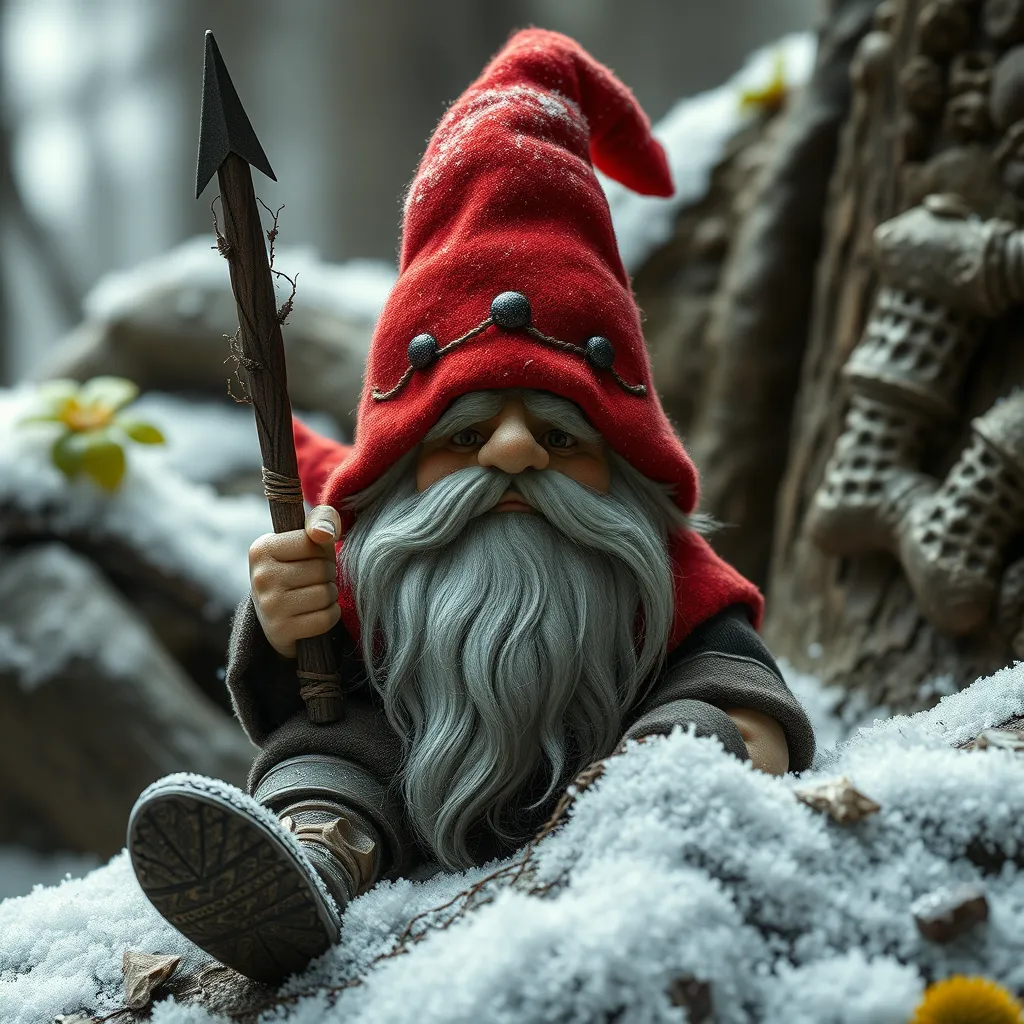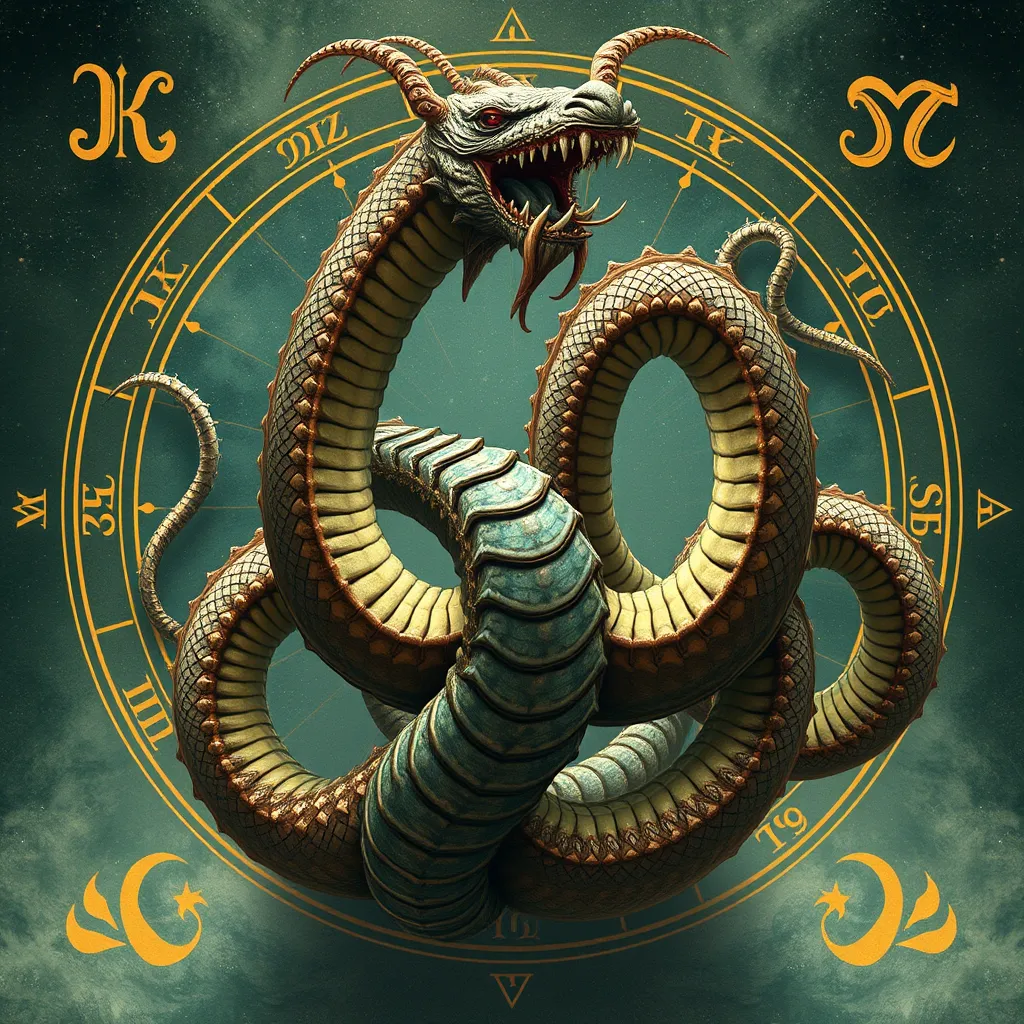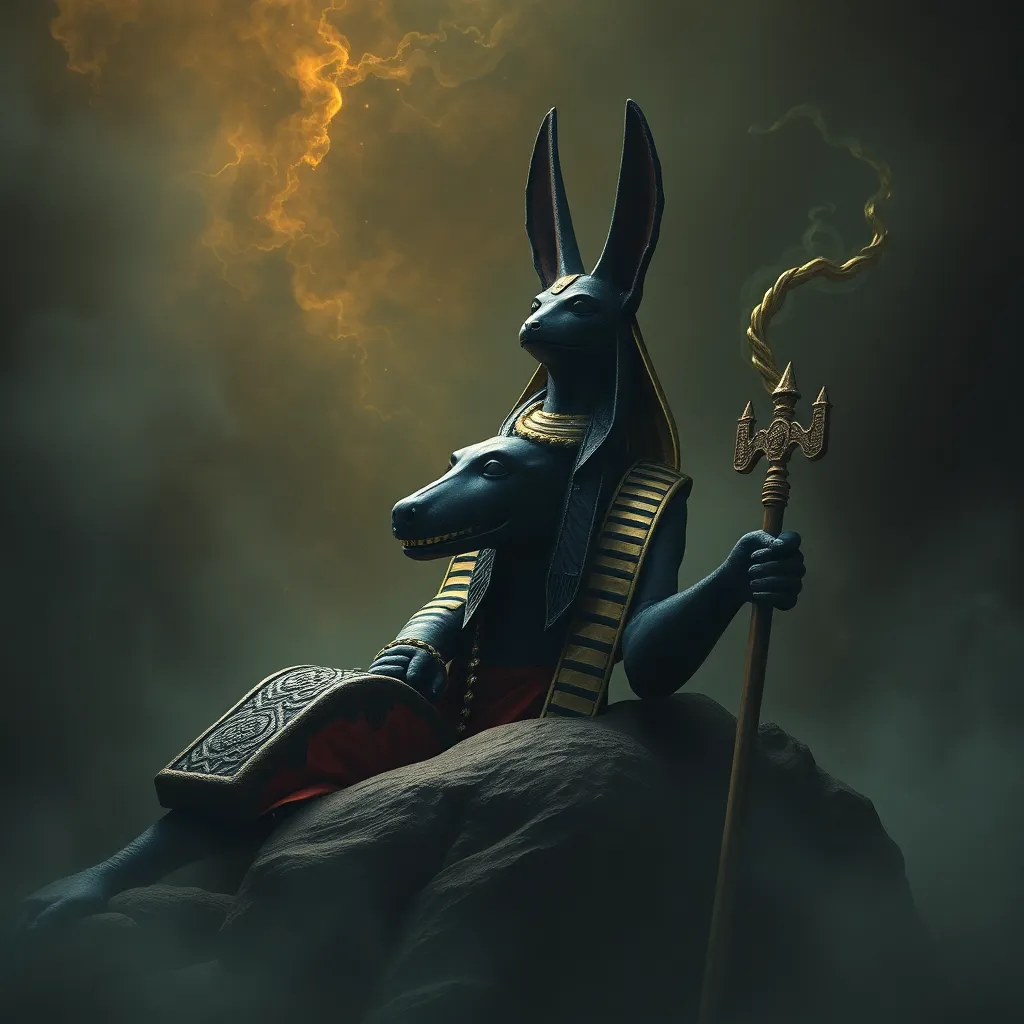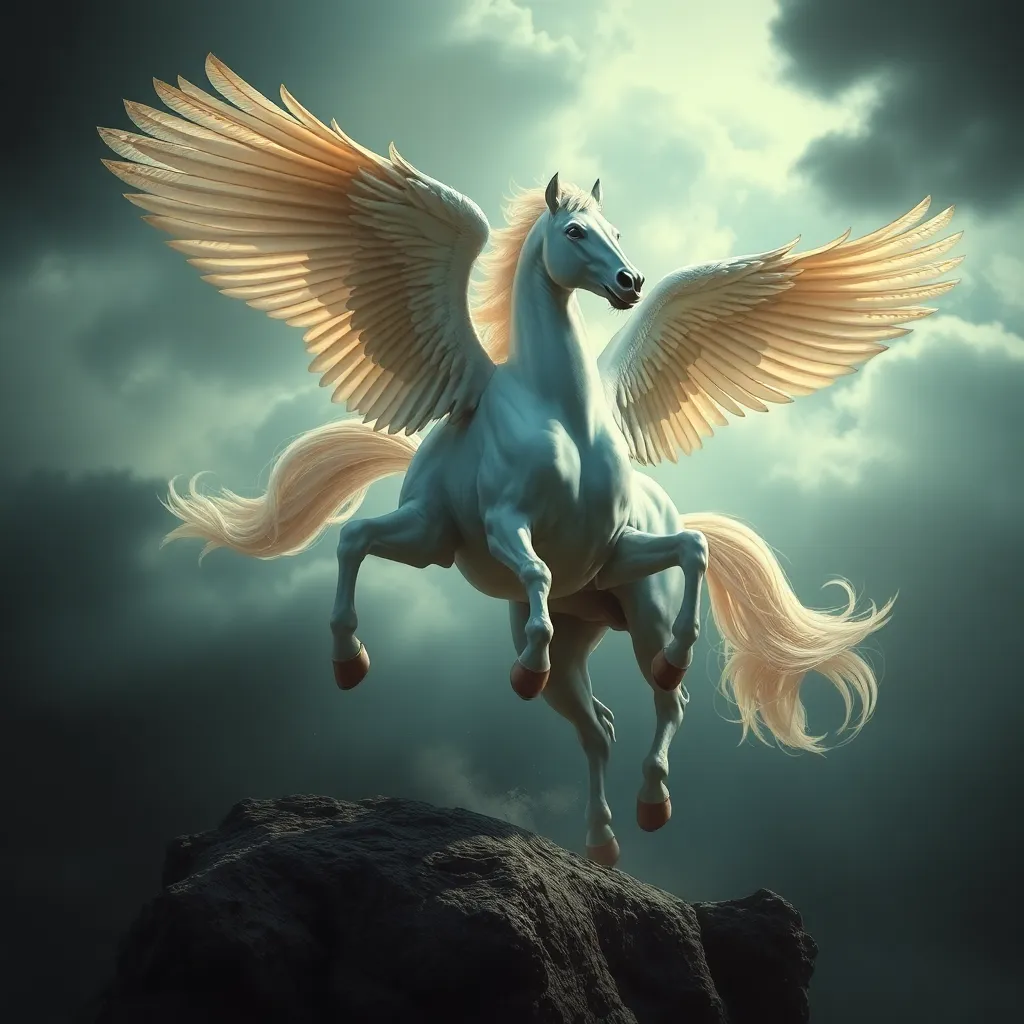The Influence of Gnome Legends on Fantasy Literature and Film
I. Introduction
Gnome legends are a fascinating facet of folklore, characterized by their depiction of small, earthy beings often associated with the underground and nature. These legendary creatures have captured the imagination of people across cultures and generations, serving as symbols of wisdom, mischief, and a deep connection to the earth.
The significance of gnome legends in the realm of folklore cannot be understated. They reflect humanity’s relationship with nature, the mysteries of the earth, and the stories that have been passed down through generations. This article aims to explore the profound impact of gnome legends on fantasy literature and film, examining how these characters have evolved and how they continue to shape narratives in modern storytelling.
II. Historical Context of Gnome Legends
A. Origins in European Folklore
The origins of gnome legends can be traced back to European folklore, particularly in Germanic and Scandinavian cultures. Gnomes were often depicted as guardians of the earth’s treasures, living underground and protecting precious minerals and gemstones.
B. Evolution of Gnome Mythology over the Centuries
Over the centuries, gnome mythology has evolved significantly. Initially, gnomes were viewed as malevolent creatures, but as folklore developed, they transformed into more benevolent figures, often portrayed as helpful to humans. This change reflects a shift in societal attitudes towards nature and the supernatural.
C. Cultural Significance in Various Regions
In various regions, gnome legends have taken on unique characteristics. For example, in Italy, gnomes are associated with good fortune and are often depicted as playful tricksters, while in Nordic countries, they are seen as protectors of the household. This diversity highlights the adaptability of gnome legends across cultures.
III. Gnomes in Fantasy Literature
A. Early Representations in Classic Literature
1. Examples from the 19th Century
Gnomes began to appear in fantasy literature in the 19th century, often influenced by Romanticism and the fascination with nature. Authors like E.T.A. Hoffmann and the Brothers Grimm included gnomes in their stories, portraying them as wise beings with a deep connection to the natural world.
2. Notable Authors and Their Interpretations
Notable authors such as J.R.R. Tolkien also drew inspiration from gnome legends, incorporating them into his richly crafted worlds. His works laid the groundwork for how gnomes would be portrayed in subsequent fantasy literature.
B. Modern Literary Portrayals
1. Gnomes in Contemporary Fantasy Series
In contemporary fantasy, gnomes have found a new life in series such as Terry Pratchett’s “Discworld,” where they are depicted with humor and depth, showcasing their quirks and societal roles. Similarly, in the “Harry Potter” series, gnomes appear as whimsical yet troublesome creatures, adding to the magical atmosphere.
2. Analysis of Character Development and Themes
Modern portrayals of gnomes often explore themes of identity, belonging, and the balance between nature and technology. Authors use gnomes as a lens to examine human behavior and societal issues, making them relevant to contemporary audiences.
IV. Gnomes in Film and Animation
A. Introduction of Gnomes to the Cinematic World
1. Iconic Films Featuring Gnomes
The cinematic world has embraced gnomes with films such as “Gnomeo & Juliet” and “Gnome Alone.” These films present gnomes in a playful light, often juxtaposing their small stature with grand adventures.
2. Impact of Animation on Gnome Portrayal
Animation has played a significant role in shaping the portrayal of gnomes. Through vibrant visuals and engaging storytelling, animated films have brought gnomes to life, appealing to both children and adults alike.
B. Gnomes in Popular Franchises
1. Case Studies of Successful Films and Series
Franchises like “The Smurfs” and “Trolls” have integrated gnome-like characters, contributing to their cultural significance. These films explore themes of friendship, community, and the importance of standing together against adversity.
2. Audience Reception and Cultural Impact
Audience reception to gnome-centric films has been largely positive, with many enjoying the blend of humor, adventure, and the whimsical nature of gnomes. This cultural impact extends beyond cinema, influencing merchandise, theme parks, and even social media trends.
V. Thematic Elements Associated with Gnomes
A. Common Themes in Gnome Legends
1. Connection to Nature and the Earth
One of the most prevalent themes in gnome legends is their connection to nature. Gnomes are often depicted as guardians of the earth, emphasizing the importance of environmental stewardship and harmony with nature.
2. Themes of Wisdom and Mischief
Another common theme is the duality of wisdom and mischief. Gnomes are often portrayed as wise beings capable of great knowledge but also as tricksters who enjoy playing pranks on unsuspecting humans, reflecting the complexities of their personalities.
B. How These Themes Are Adapted in Literature and Film
These themes are adeptly woven into narratives in both literature and film. For instance, modern stories often highlight environmental issues through the lens of gnome adventures, while also incorporating humor and mischief to engage audiences.
VI. The Role of Gnomes in World-Building
A. Importance of Gnomes in Creating Immersive Fantasy Settings
Gnomes play a crucial role in world-building, adding depth and richness to fantasy settings. Their unique characteristics and lore help to create immersive environments that resonate with audiences.
B. Examples of World-Building in Literature and Film that Feature Gnomes
In Tolkien’s Middle-earth, gnomes contribute to the intricate tapestry of cultures and histories. Similarly, in animated films, gnomes often inhabit magical landscapes that enhance the overall fantastical experience.
VII. Critique and Analysis
A. Discussions on the Portrayal of Gnomes in Modern Media
While gnomes have enjoyed a resurgence in popularity, their portrayal in modern media has sparked discussions about representation and authenticity. Critics argue that some depictions stray too far from traditional folklore.
B. Representation Issues and Cultural Appropriation
There are concerns regarding cultural appropriation, particularly in how gnome legends from various cultures are blended or altered for entertainment purposes. This raises important questions about respecting cultural origins while innovating in storytelling.
C. The Balance between Tradition and Innovation in Gnome Narratives
Finding a balance between honoring traditional gnome myths and embracing innovative storytelling approaches is essential for the future of gnome narratives. This balance can lead to richer, more meaningful stories that resonate with diverse audiences.
VIII. Conclusion
A. Recap of the Influence of Gnome Legends on Fantasy Genres
Gnome legends have significantly influenced both fantasy literature and film, providing a wealth of themes, character traits, and cultural significance that continue to captivate audiences.
B. Future Trends and Potential for Gnome-Related Stories in Literature and Film
As the demand for diverse and imaginative storytelling grows, there is ample potential for gnome-related stories to evolve. Future narratives may delve deeper into the ecological themes inherent in gnome lore, exploring the pressing issues of our time.
C. Final Thoughts on the Enduring Legacy of Gnome Mythology in Popular Culture
Ultimately, gnome mythology stands as a testament to the enduring power of folklore in shaping our understanding of the world. As we continue to explore and adapt these legends, gnomes will remain a charming and integral part of the fantasy genre.



